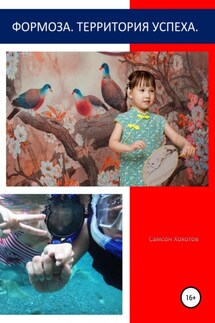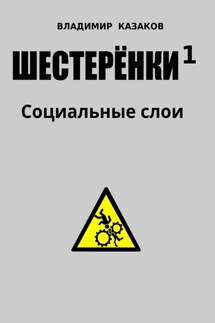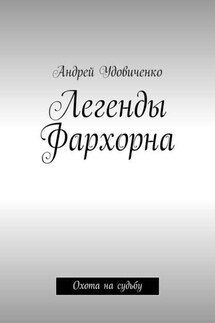Formosa. Country of success - страница 7
In 1875, Taipei became the capital of northern Taiwan. In 1886 Taiwan was singled out as a separate province of China. The defeat in the war with the Japanese forced the Qing government to cede Taiwan to Japan in 1895.
Under the terms of the Shimonoseki Peace Treaty, Taiwan came under the control of the Japanese administration. Having settled on the island, the Japanese first began to study the local tribes.
They call these tribes "takasago" (as the Japanese read "gaoshan"). The Japanese conduct scientific research and classifications and took control of the island.
Following the outbreak of World War II, some villages were converted into paramilitary camps by the Japanese.
Thus, they prepared the local population for service in the Japanese army. Two raid companies were formed from the Aborigines under the command of Japanese commanders, who took part in the battles in the Pacific Ocean, New Guinea, and the Philippines.
They also took part in raids on the American airfield at Browen. During this raid, a Taiwanese suicide squad named "Kaoru Group" was supposed to blow up American planes. The task was only partially completed.
Generally, these Takasago units were distinguished by their good training and excellent fighting qualities.
Local patriots tried to organize Taiwan, as an independent state, “the Republic of Taiwan ". However, this attempt failed. The new Qing government was defeated in the war with the Japanese and ceded Taiwan to Japan in 1895.
The intention of the Chinese to keep Taiwan for themselves by establishing the independent state " the Republic of Taiwan " was quickly suppressed by the Japanese. Taiwan, aka Formosa, was seized by the Japanese. For some time they were heroically resisted by both the Chinese and the aborigines, but modern firearms did their job. Rumour has it that the Japanese made an action movie on this event. Taiwan fit well with the Japanese concept of accretion by islands.
They tried to do everything to make the locals feel like subjects of the Empire of the Rising Sun. Some even believed in this, for example, Teruo Nakamura, one of those who had been hiding out in the jungle for many years after the war.
When he was discovered and captured, it turned out that nobody knew what to do with him. The Japanese patriot spoke neither Japanese nor Chinese. Eventually, he was granted a Japanese pension but was sent to Taiwan to live out his days.
From 1895 to 1945, there was a special period in the life of Taiwan.
At this time, the island was part of the Japanese Empire and was divided into several prefectures: Taihoku, Shinchiku, Tainan, Takao, Taichu, Hoko, Taito, Tarenko.
Where does the name of Taiwan come from?
As for the name itself of the island of Taiwan, there are 2 versions of the origin of the word. Near the first Dutch settlement of Zealand (now – Anping District, Tainan City) there was a settlement of the Siraiya tribe. In their language, this place was called Tayoan. Later, it became more convenient for the Chinese colonists to call the island in their own way – "Da yuan", which means "Big circleTaioan and Dayuan, as well as some other variants were recorded. Gradually, the name of the most developed area had been transferred to the entire island. And since in the area that the Dutch liked so much, there was a bay, convenient for entry of ships and featuring a sandbank, which protected them from the sea waves in the strait, we can trace the borrowing.




![Bo][ing Day истребить «колхозника»](/uploads/covers/fe/bo-ing-day-istrebit-kolhoznika.jpg)



